This piece is part of the Taiwan-U.S. Quarterly Analysis series, which features the original writings of experts with the goal of providing a range of perspectives on developments relating to Taiwan.
The first time that cross-Strait issues became a concern in the Philippine-U.S. alliance was in March 1996 when China fired several unarmed ballistic missiles that landed not far from Taiwan’s coast. The United States deployed two carrier battle groups near Taiwan to show Beijing that aggression toward Taipei would not be tolerated. After the incident, Washington saw the need to improve its security relations with Manila — the United States expected this would increase American access to air and naval infrastructures in Luzon and allow for their rehabilitation — to facilitate the rapid deployment of American forces in case of a crisis in Northeast Asia.
From 1996 to 1998, the two allies negotiated and signed the Visiting Forces Agreement (VFA), deemed necessary for the revival of the alliance after the withdrawal of American forces from the Philippines in late 1992. Eventually, concern over the stability across the Taiwan Strait, one of the rationales behind the VFA’s negotiation and signing in the late 1990s, was forgotten as the two allies focused on the war on terror and China’s maritime expansion in the West Philippine Sea. However, cross-Strait tensions would figure in the alliance again during the last few months of the administration of former President Rodrigo Duterte.
The Ukraine-Russia War and tensions across the Taiwan Strait
On March 10, 2022, a couple of weeks after the Russian invasion of Ukraine, the Philippine ambassador to Washington, Jose Manuel Romualdez, announced that Duterte was ready to open the country’s military facilities to American forces if Russia’s war against Ukraine intensified and embroiled the United States. In an online briefing with Manila-based journalists, Romualdez revealed that the “president stated that if they [the United States] are asking for the support of the Philippines, it’s obvious that, of course, if push comes to shove, the Philippines will be ready to be part of the effort, especially if this Ukrainian crisis spills over into the Asian region.” He specifically stated that the president indicated that in the event of an emergency, “the Philippines would allow U.S. forces to return to the former naval station at Subic Bay and the nearby Clark Air Base.”
The proposal was seen as an attempt to recalibrate the alliance before Duterte’s term ended in June 2022. More significantly, it also revealed an underlying fear among many Southeast Asian states that Russia’s invasion of Ukraine would encourage China to follow suit in the Taiwan Strait, with the potential to cause collateral damage throughout the South and East China Seas and the broader region. The Southeast Asian nations realized that Russia’s invasion of Ukraine had specific implications for them, given converging Sino-Russian views of challenging the U.S.-led rules-based international order. Moreover, the possibility that Beijing might take a page out of Russia’s playbook on applying gray zone operations, conducting hybrid warfare, and using force to acquire and eventually annex disputed territories disturbed these states.
Accordingly, the Duterte administration expressed its willingness to allow American forces to use the Philippines as a staging ground in a Taiwan contingency. However, there were a few indications that Manila and Washington had discussed this possibility during the Duterte administration before President Ferdinand Marcos Jr. took office in June 2022.
From Passivity to Active Involvement
On February 2, 2023, Philippine and U.S. defense officials announced that the U.S. military will be given new access to four Armed Forces of the Philippines (AFP) bases nationwide. This move effectively cemented the two allies’ efforts to expand the U.S. strategic footprint in Southeast Asia and the Indo-Pacific region in the face of an aggressive and expansionist China. Negotiated by the two countries during U.S. Defense Secretary Lloyd Austin’s second visit to the Philippines, this new access agreement increases the number of bases from five to nine. The United States can use these bases for training, setting up equipment, and building runways and other facilities, as agreed in the 2014 Philippine-U.S. Enhanced Defense Cooperation Agreement (EDCA).
Under the agreement, the Philippines allowed a sizable number of American troops to stay in the country on a rotational basis within AFP military camps. Inside those camps, American forces planned the construction of warehouses, living quarters, joint facilities, and stored combat materiel — except for nuclear weapons, which are prohibited by the Philippine constitution. However, there was only limited construction of EDCA sites during Duterte’s six-year term. Nevertheless, the United States has allocated over $82 million for infrastructure investments at the original five EDCA sites. These investments supported economic growth and job creation in local communities. The decision to increase the number of joint locations occurred in October 2022, when the United States sought to deploy more of its forces and weapons to an additional five Philippine military camps, mainly in the central northern Luzon region, which the 160-mile Luzon Strait separates from the self-governed island of Taiwan.
This development coincided with U.S. and Filipino forces expanding their joint combat and disaster response training in preparation for future contingency operations in the South China Sea, which lies to the Philippines’ west, and the Taiwan Strait, which is north of the country’s Luzon region. In 2022, the newly formed 3rd Marine Littoral Regiment (MLR) deployed several combat concepts with the Philippine Marine Corps Coastal Defense Regiment in provinces on the Luzon Strait. By prepositioning MLR equipment at joint locations in northeastern Luzon, U.S. Marines could respond more quickly in a crisis over Taiwan or aid the U.S. military’s power projection into the Luzon Strait and South China Sea. Specifically, these EDCA sites could provide U.S. forces with the following advantages:
- Increase training. The EDCA sites will allow the U.S. Air Force and the U.S. Marine Corps Aviation to deploy U.S.-based tactical air formations to Southeast Asia to gain experience in foreign combat environments.
- Act as forward facilities for U.S. Navy and U.S. Marine Corps ships. EDCA sites can be used as forward-based facilities for the U.S. Navy and U.S. Marine Corps ship’s logistics and repairs/maintenance requirements.
- Provide launching pads for combat operations. If armed clashes occur in the South China Sea or over Taiwan, EDCA sites will allow the U.S. military to rapidly deploy its forces to the region.
As the U.S. military seeks to distribute (through access arrangements and joint military drills with its Southeast Asian counterparts) its forward-deployed forces along the first island chain stretching from Japan to maritime Southeast Asia, the Philippines’ geopolitical significance for Washington increases.
Confronting the Inevitable
The Philippines adopts a rigid and legalistic One-China policy regarding Taiwan’s diplomatic status as a self-ruled island. However, the new Marcos administration found it necessary to improve the Philippines’ security relations with the United States as it openly expressed the need to cooperate with Washington in a possible strategic exigency in Taiwan, its closest neighbor. Manila is aware that if an armed conflict between Beijing and Taipei erupts and intensifies over the Taiwan Strait, there is little chance the country will escape the adverse consequences in terms of massive refugee flows, the rapid return of Filipino overseas workers based in Taiwan, and the actual spread of the conflict to the Luzon Straits and even northern Luzon. Romualdez, now Marcos’ ambassador to the United States, admitted that the Philippines would cooperate with the United States militarily to deter any escalation of tension between China and Taiwan — not only because of the treaty alliance but to help prevent a major conflict. Moreover, he added that the Philippines would let U.S. forces use its military bases in the event of a Taiwan conflict only “if it is important for us, for our security.”
Marcos Jr. has not explicitly stated that his country would assist the United States in any armed contingency in Taiwan. This stems from his concern that a conflict between the United States and China over Taiwan will likely drag the Philippines into a major armed conflict. In an interview, he said, “I learned an African saying: When elephants fight, the only one that loses is the grass. We are the grass in this situation. We don’t want to get trampled.” Nevertheless, his decision to speed up the implementation of EDCA, expand the number of joint locations from five to nine, and resume joint Philippine Navy-U.S. Navy joint patrols in the South China Sea reflect his changing thinking on this matter. Implying that his country would assist any U.S. effort to defend Taiwan against Chinese aggression, he said in a more recent interview: “When we look at the situation in the area, especially the tensions in the Taiwan Strait, we can see that just by our geographical location, should there, in fact, be conflict in that area … it’s very hard to imagine a scenario where the Philippines will not somehow get involved.”
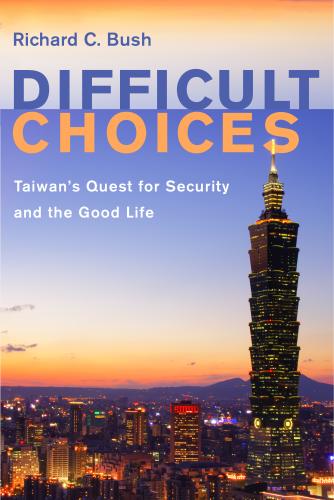
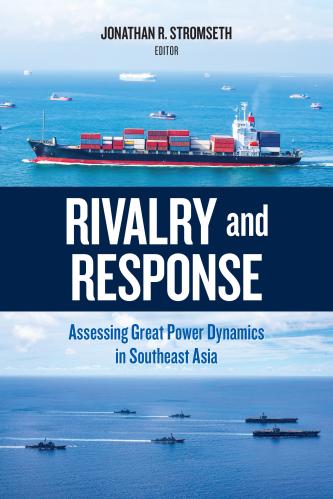
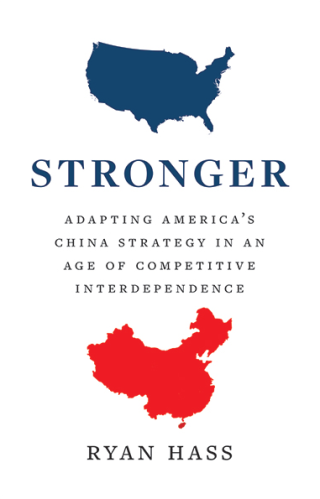


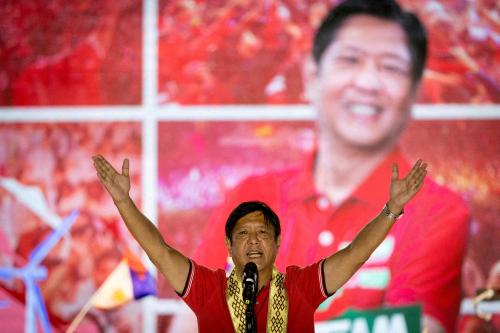


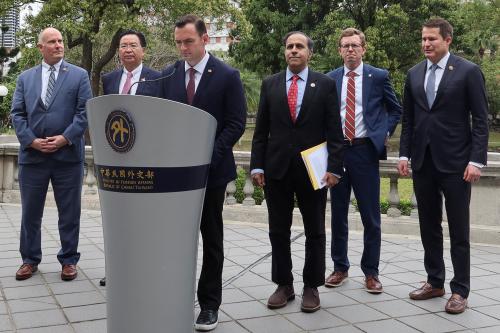
Commentary
The Philippines’ evolving view on Taiwan: From passivity to active involvement
March 9, 2023